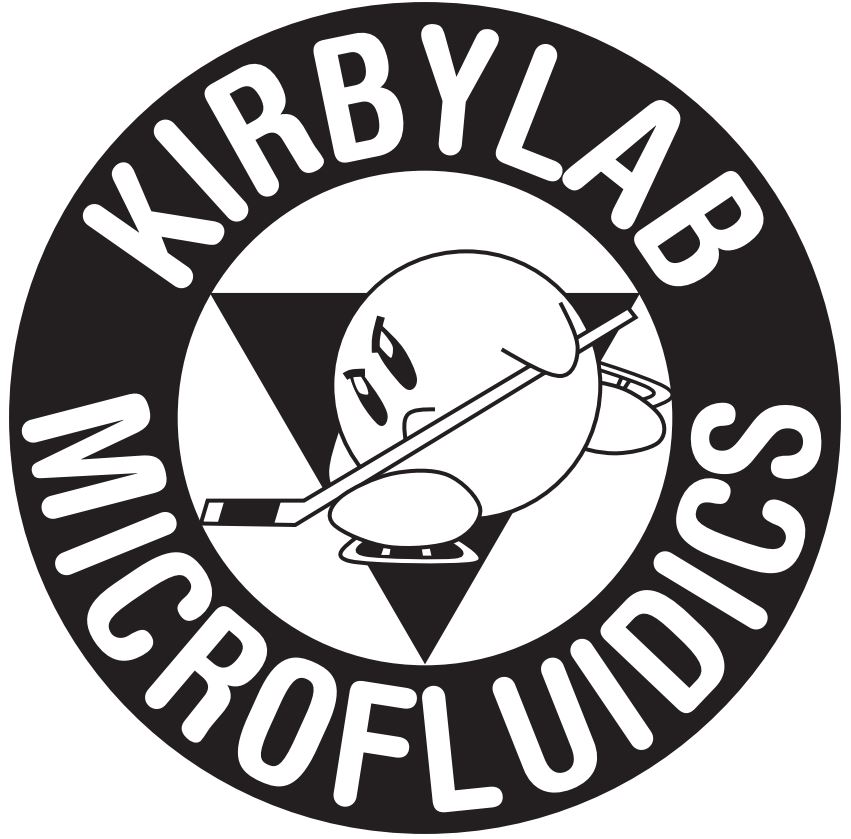Book review: Nanofluidics: Nanoscience and Nanotechnology, Joshua Edel and Andrew J. deMello
Nanofluidics: Nanoscience and Nanotechnology, Joshua Edel and Andrew J. deMello
Reviewed by Brian J. Kirby
The development of micro- and nanoscale fabrication and characterization techniques in recent decades has led to a rapid increase in availability of research tools for studying small-scale systems. Because of the excitement specifically associated with analysis and manipulation of micro- and nanoscale fluid systems, the interest in micro- and nanofluidics continues to grow.
The term “nanofluidics” has neither an agreed-upon definition nor a well-defined scope. Different definitions place the stress and uniqueness of nanofluidics alternately on the form of the fluid mechanical equations, the dynamics of the molecules contained therein, the computational tools used for simulation, the experimental and fabrication techniques, or the chemical and material aspects of the nanostructures. Details and definitions aside, the unique aspects of this field require that a researcher be able to combine, at a continuum or atomistic level, the equations of mass, charge, species, and momentum transport in fluids with novel source terms and boundary conditions. Those interested in incorporating aspects of nanoscale fluid systems into their research and development will benefit from coherent introductions to and reviews of the field and must be informed of the new application spaces enabled by these systems.
In response to these needs, Nanofluidics: Nanoscience and Nanotechnology brings together nanofluidic topics from several areas under one cover. It includes nine chapter contributions from nine different groups, and highlights contemporary research from the authors and related researchers. Chapters cover (1) electrokinetic transport of fluid and charge in nanochannels; (2) biomolecule separation in nanochannels; (3) fluid flow in micropatterned arrays of obstacles; (4) current and induced flow at microchannel-nanochannel interfaces; (5) electrospinning of nanofluidic glass tubing; (6) DNA translocation through alpha-hemolysin nanopores; (7) zero-mode waveguide detection of single molecule translocation events; (8) ion and current rectification in nanochannels; and (9) fabrication of nanospheres and nanopillars for chemical separations. Extensive equations, figures and references provide suitable complement to the text. The production quality, if unremarkable, allows the reader to understand the ideas with minimal confusion or difficulty.
Books such as this succeed when the topic is timely, the authors are well-chosen, the structure of the book is coherent, and a consistent voice makes the book more than the sum of its parts. In Nanofluidics, the topic and authors are strong, representing many who have greatly impacted this nascent field. Researchers seeking to hear about contemporary research in nanofluidics from leaders in the field will no doubt be pleased with this book. This book, however, stumbles in presenting a coherent overall product. The order of the chapters is problematic, and their titles are often verbose enough to obscure the links between closely related material. For example, chapters 2, 4, and 8 contain a great deal of closely related information, but one who is not familiar with the field would be hard-pressed to make this connection from the text alone or from the chapter titles. The chapters follow widely varying structures – some provide discursive introductions while others are succinct, and some provide broad perspective on their field while some focus exclusively on the authors’ work. Cross-references between chapters with overlapping material are absent. While chapter 3 refers to compelling and well-cited work, that work is not nanofluidic and plays little role in the book overall.
In its weaker sections, this book struggles to provide more than a sum of its parts. However, Nanofluidics successfully gathers exciting nanoscale fluid mechanics research to invigorate those with a zeal for scientific discovery or a need for technology solutions. It collects disparate sources into a single convenient resource, and provides a means for its audience to quickly acquire familiarity with a dynamic and growing field.

